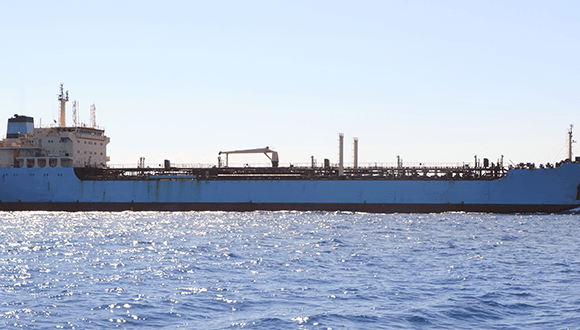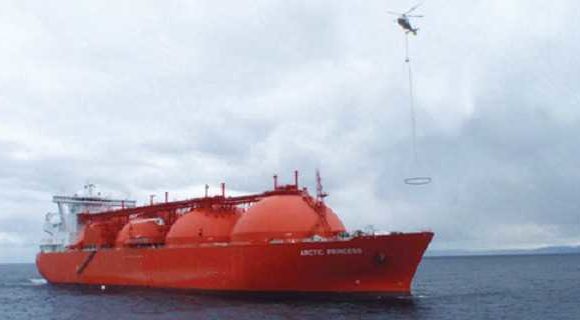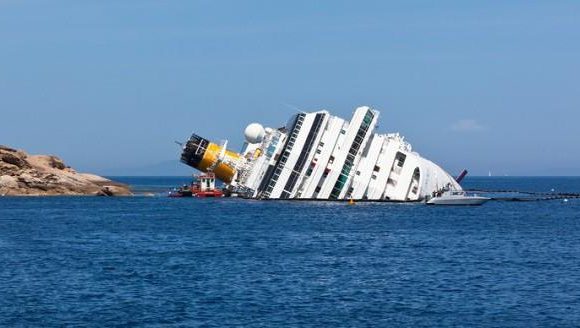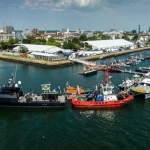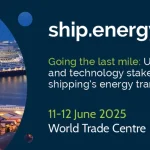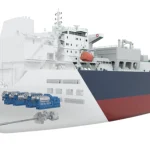Interview Questions And Answers With Leo Kissel – Managing Director

With various risks being faced by a ship owner, there has always been a provision to acquire tailor-made insurance covers, just as there should also be a provision to buy tailor-made K&R cover.
The natural question which arises for any ship owner is; what are the different factors that constitute a tailor-made K&R cover?
Leo Kissel, Managing Director of Trident Special Risks, a specialist Kidnap & Ransom broker based in Hamburg, Germany, states that Marine K&R cover, not withstanding whether or not for a single transit or for a fleet of vessels (e.g. 5 vessels), needs to reflect certain important aspects, such as a Waiver of Subrogation against, at the very least, Hull & Machinery and/or War Risk insurance.
Furthermore, a single transit cover should ideally cover the voyage from Port to Port, thus giving the Ship owner the widest possible geographical cover for the vessel and its crew.
A Fleet cover on the other hand, bought on an annual basis, should provide coverage on a worldwide basis and ideally include the necessary number of transits through the High Risk Areas (e.g. Southern Red Sea / Gulf of Aden / Indian Ocean / Gulf of Guinea).
Naturally, this is a rather simplified depiction of how such a cover could look like.
Ideally, when structuring such a cover for a Ship Owner, one should take a detailed look at the fleet and its trading routes etc. and therefore structure the cover accordingly, so that it provides the Ship Owner with the utmost flexibility.
Furthermore, it is always important that such a cover is structured in such a manner that it suits the needs of the Ship Owner and not the other way around.
Another point of concern for the industry at the moment is the use of armed guards on board and as popularly indicated, ships having such guards have not been successfully hijacked as yet. Further, a number of new companies providing security are being floated by new entrants in the Market with all of them contacting ship owners for business. Leo was questioned on his opinion of armed guards in general and what factors should a Ship Owner take into consideration, prior to selecting one of these security companies.
Leo states that this is a highly complex topic and he goes on to say that yes, it is correct that, as of today, vessels with armed guards on board have not been hijacked. Nevertheless, it is to be noted that pirates have always been able to adapt to the situation at hand. “I am strongly convinced (and unfortunately, I am not alone on this belief) that this will be the case, yet again. We are beginning to see this in the tactics that are currently being tried out e.g. swarming of several skiffs on one target, use of heavier weaponry etc”.
It is nevertheless important that Ship Owners that have vessels transiting the High Risk Areas, seriously consider using the services of competent security companies to put armed guards on board, especially if the vessel is highly vulnerable (low freeboard / speed) and / or carries high value cargo (e.g. crude oil etc.) as one of their hardening measures.
These measures nevertheless do not replace the necessity of having proper insurance cover (e.g. Marine Kidnap & Ransom and Marine Loss of Hire cover) in place to protect the financial burden of such unfortunate events.
Having said that, Ship Owners are now faced with a growing number of companies that provide such Armed Guards. These companies vary in pricing and unfortunately, also in quality.
Leo advises that, before entering into a contract with a security company, it is very important for a Ship Owner to contact the relevant Flag State to clarify the legality of carrying Armed Guards on board. It is also important that Ship Owners always check the companies’ references (both formally by request and also informally by speaking with people and/or organisations they know and trust) and also check for a maritime background (incl. knowledge and practice of the latest Best Management Practice). These companies should also be able to provide evidence of insurance, which covers its liability to its own employees and to cover third party liability and liability to the Ship Owners. The limit of such insurance should be at the very least USD 5 million.
Further, it is also important that Ship owners provide a draft of the contract to the relevant insurers (e.g. P&I Club, H&M insurer and War Risk insurer) for their perusal and agreement, so that such coverage is not prejudiced in any manner. The K&R insurer would also be interested to know which company would be providing such Armed Guards and would, under certain circumstances, be willing to offer a rebate to the Ship Owner.
Finally, it would also be advisable for the Ship Owner to seek legal advice from an experienced legal firm before entering into negotiations with the security company.
With the use of armed guards being effective to deter pirates, it seems Pirates are now negotiating for higher ransoms for ships successfully hijacked, leading to higher limits of liabilities in the K&R policies and higher premiums. This seems to be a vicious circle and Leo was asked to comment on the future of the values of K&R policies. He states that this is currently a two-fold situation at hand.
Firstly, the number of assets that pirates have under their control is decreasing rapidly. They are therefore naturally trying to get the best price out of these assets. This is a natural development in any sort of economically based system, which piracy is unfortunately, to the pirates.
Secondly, when speaking to several security experts that have intelligence assets on the ground, certain pirate groups do seem to have developed an intelligence based approached to hijacking vessels i.e. they are no longer going after every vessel that they see and can get their hands, on but are rather targeting, what they feel, to higher value assets; therefore increasing the chances of getting higher ransom monies.
Both of the above imply that the average ransom amounts (currently at approx… US$ 5 – US$ 5.5 million) will increase further, also the average number of days (currently around 180 days) that vessels are held will also increase.
“I strongly believe that if a Ship Owner is looking to buy a Marine Kidnap & Ransom policy that the minimum limits nowadays lie at USD 5 million. To be on the safe side, I would always suggest thinking about buying limits of USD 7.5 million. Should the Ship Owner be looking at buying Marine Loss of Hire, then the minimum I would suggest is 150 days of coverage; more ideally they would think about buying 180 days of coverage”.
Finally, having said all of the above, Leo warns not to only look at the pricing of such policies but rather to look at getting the right balance between price and value.
In case of a claim, not only the financial well-being of a company, but also the lives of the crew on board, are in danger. A Ship Owner cannot afford to only then realise that the Marine Kidnap & Ransom policy in place is of substandard in nature. The stakes are just too high.
As a final word, Leo quotes Warren Buffet who once very correctly pointed out, “Price is what you pay, value is what you get”.

